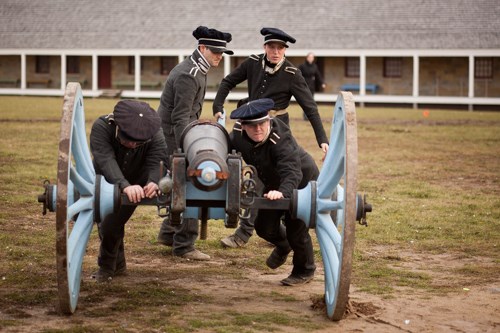
NPS/Gordon Dietzman HistoryThe following sites are among those that best illustrate the rich history of the area. There are many historic sites, however, but these may be the places to start learning about the fascinating people, events, and natural history that changed the world. Historic Fort Snelling200 Tower Avenue, Fort Snelling History Center, St. Paul MN 55111 Fort Snelling State Park (Pike Island)101 Snelling Lake Road, St. Paul MN 55111 Mill Ruins Park/Mill City MuseumMill Ruins Park: 102 Portland Ave. S, Minneapolis, MN 55401 Meeker Lock and Dam2198 E River Pkwy, Minneapolis, MN 55414. (Park near the intersection of SE Emerald St and E River Parkway. There is a rough trail that leads down the slope to the river.) CulturalThe following sites are locations within the Minnesota National River and Recreation Area that offer art, dance, plays, and other cultural experiences. Banfill-Locke Center for the Arts6666 East River Road, Fridley, MN 55432 Guthrie Theater818 South 2nd Street, Minneapolis, MN 55415 Harriet Island200 Dr. Justus Ohage Blvd., St. Paul, MN 55107 |
Last updated: February 27, 2020
